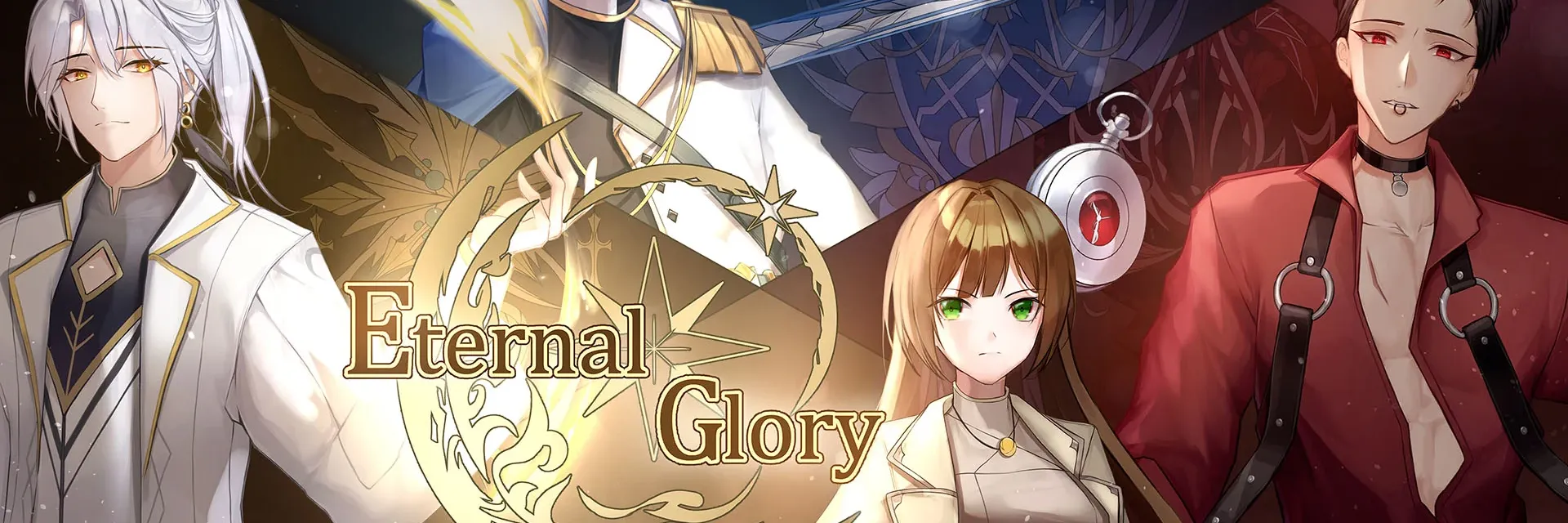
Eternal Glory Demo
Nine years have passed since the day that curse befell me. Today, for the first time, I return to the ruins of the house where I once lived with my parents.
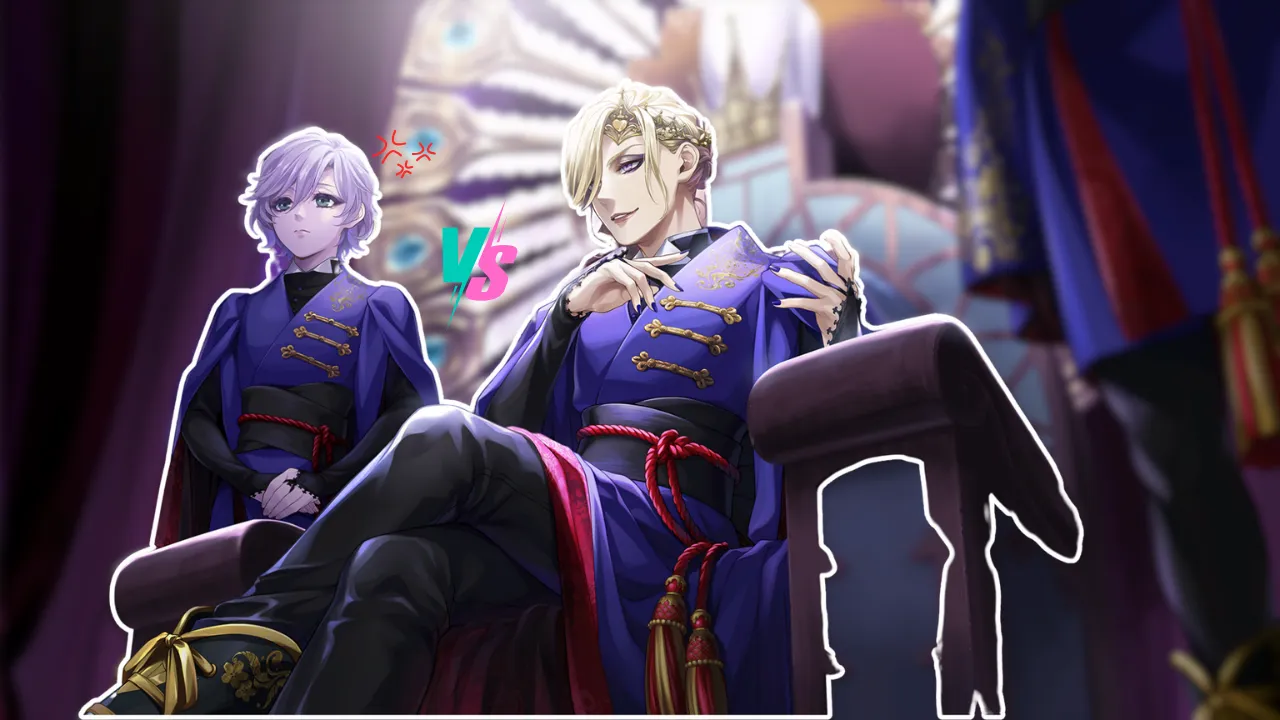
Vil and Epel’s Conflict has been an object of discussion lately .In the world of Disney’s Twisted Wonderland, the relationship between Vil Schoenheit and Epel Felmier from Pomefiore Dorm is a source of both amusement and contemplation for fans. Their contrasting personalities present a fascinating study of conformity, self-image, and personal ideals in this fantastical narrative setting. Delving into their interactions offers valuable insights into how characters navigate conflicting desires, societal expectations, and personal transformations.

From the outset, tensions between Vil and Epel are palpable. Epel’s arrival at Night Raven College was marked by an immediate clash with Vil, the respected prefect of Pomefiore Dorm. Epel, with his rebellious streak, was not one to shy away from confronting authority. His desire to challenge Vil’s seemingly aristocratic values and his pursuit of beauty brought them to loggerheads from day one.
Vil’s initial impression of Epel was shaped by Epel’s brash and impetuous nature. Epel’s attitude was perceived as a defiance of Vil’s established aesthetic standards, which valued elegance and sophistication. For Vil, image and reputation were paramount, and Epel’s unrefined behavior was an affront to those ideals. The conflict between their perspectives set the stage for their on-going interactions, with Vil taking on a mentor-like role, albeit a reluctant one.
Despite the initial antagonism, Vil’s approach sought to instill a sense of discipline and refinement in Epel. Vil aimed to mold Epel into a model student of Pomefiore Dorm, which required Epel to suppress his natural inclinations in favor of a more polished demeanor. However, this was not a challenge that Epel accepted willingly, as he continued to resist Vil’s attempts to enforce conformity.

At the center of the conflict between Vil and Epel is a seemingly trivial matter: Epel’s food preferences. Epel loves grilled meat and barbecue, foods that contrast sharply with Vil’s preference for sophisticated cuisine, like macarons. Epel’s true preferences are a metaphor for his broader struggle between authenticity and the pressures to conform to Pomefiore’s elegant image.
Epel, despite Vil’s assertions, does enjoy macarons. This complexity highlights the nuanced relationship between characters, where truths are not so easily defined, and preferences blur the lines between personal choice and external influence. The subtext of Epel’s love for both barbecue and macarons serves as a metaphor for the duality within him—the persona he presents to Vil and the one that aligns with his roots and personal taste.
In Vil’s eyes, aligning Epel with macarons is a way to act out Pomefiore’s image of class and refinement. However, the pressure from Vil does not erase Epel’s love for more rustic fare. The duality of his preferences symbolizes Epel’s internal conflict—a desire to fit into the dorm’s standards, while still holding on to his individual taste and identity.
Vil Schoenheit, with his unwavering commitment to perfectionism, serves as a role model for many, yet his influence over Epel highlights the complexities of mentorship. Vil’s intentions, seen through the lens of striving for Epel’s betterment, come across as authoritative, leaving little room for Epel to express his individuality.
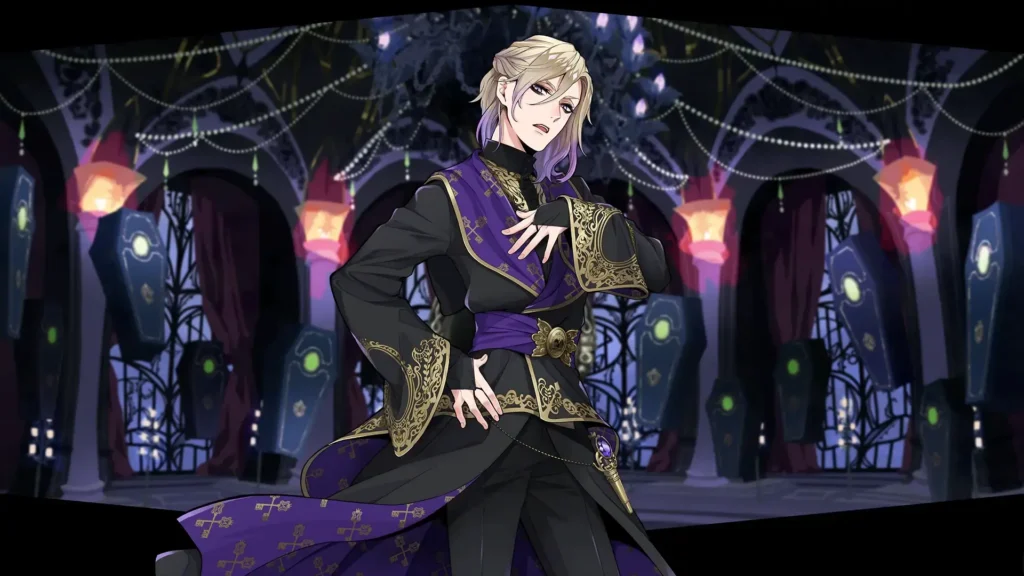
In Vil’s eyes, Epel is a project—an opportunity to demonstrate Pomefiore’s powerful impact on its students. However, this comes at the cost of imposing rigid expectations on Epel. Vil’s perspective is not wholly flawed; his experiences have taught him the value of accepting one’s natural beauty and potential. His approach, however, often lacks the empathy needed to make Epel fully embrace the lessons he imparts.
Despite these challenges, Vil remains steadfast in his belief that he is guiding Epel towards a path of self-improvement. Their dynamic encapsulates the struggles of maintaining one’s identity while adhering to the social constructs within Pomefiore Dorm. Vil’s desire to redefine Epel’s character is multifaceted and well-intended, but not without its pitfalls.
Epel, though seemingly confined by Vil’s expectations, is on a personal journey of self-discovery. Epel’s reluctance to wholly embrace the persona Vil crafts for him is not purely an act of defiance but a genuine exploration of his identity. This inner struggle reflects the broader theme of the importance of self-definition over imposed norms.
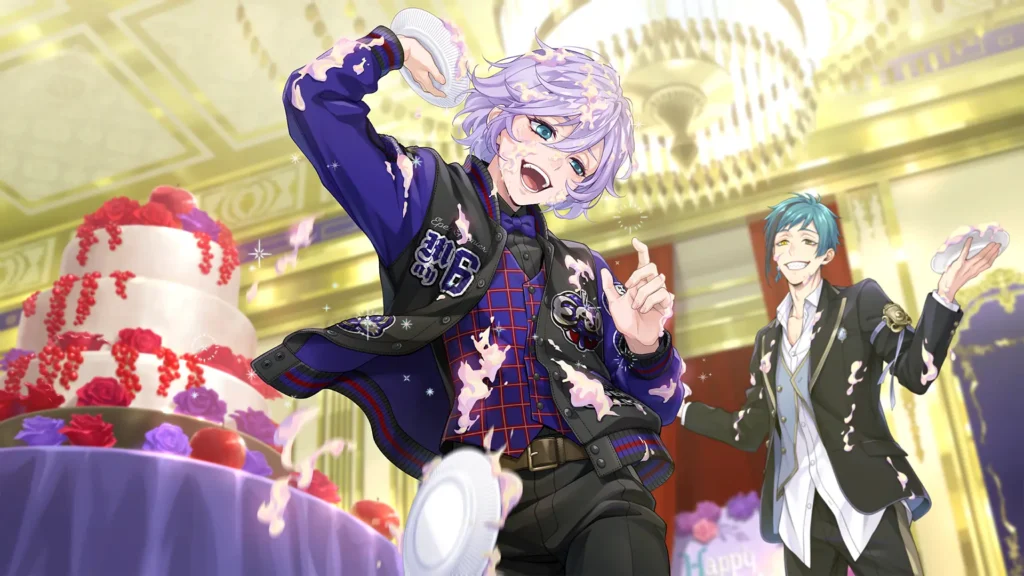
Throughout their encounters, Epel learns to navigate the often conflicting demands of individual freedom and group conformity. This journey is marked by moments of rebellion and compliance, as Epel tests the boundaries of what it means to be true to oneself while being part of a collective. Vil’s rigid standards, while an obstacle, also serve as a catalyst for Epel to understand and articulate his true preferences and identity.
Over time, Epel’s growth becomes evident as he gains confidence in who he is and what he values. This transformation, influenced both by Vil’s guidance and his own resilience, is a reminder that personal evolution is a complex process. Epel’s ability to strike a balance between self-expression and the Pomefiore image reveals the depth of his character development.

The interactions between Vil and Epel provide the backdrop for an examination of friendship and support in the face of authority and societal pressures. Despite Vil’s stern demeanor, his protective instincts towards Epel point to a relationship that, while unconventional, is rooted in care and aspirations for Epel’s success.
The importance of peer support in Epel’s journey cannot be overstated. Characters like Floyd provide Epel with alternative viewpoints and the encouragement to break free from the constraints imposed by Vil. These friendships add layers to the narrative, showing that growth often comes from a combination of internal resolve and external support.
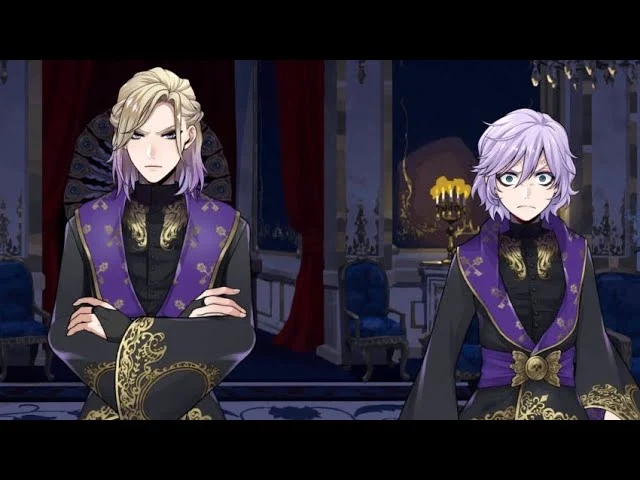
Ultimately, the relationship between Vil and Epel is an exploration of how friendships can shape identities and challenge assumptions. The growth that Epel experiences is a testament to the power of community and the invaluable role it plays in navigating personal and social challenges.

Pomefiore’s central themes of diligence, self-improvement, and aesthetics are reflected in the dynamics between Vil and Epel. Their interactions exemplify the struggle between adhering to societal ideals and embracing one’s authentic self. The dorm’s philosophy underscores the importance of hard work, yet it also challenges students like Epel to question whether societal ideals are worth compromising personal integrity.
Vil, as the embodiment of Pomefiore’s guiding principles, is an exacting mentor who enforces a strict interpretation of beauty and elegance. His teachings push Epel to excel but also expose the tensions between external expectations and intrinsic motivation. This friction is illustrative of the ways in which societal norms can both uplift and constrain.
Through Epel’s struggles within the confines of Pomefiore, the narrative highlights the necessity of finding a balance between ambition and authenticity. The dorm becomes a microcosm for the larger debate about the limits of conformity and the value of diverse perspectives.

As Vil and Epel continue their journey together, there remains much potential for further evolution of their characters. The ongoing push and pull between Vil’s ideals and Epel’s independence suggest that their relationship is one of dynamic growth. This potential is further enriched by the broader themes explored within Night Raven College—a setting that continually challenges characters to reflect on their roles and identities.
The narrative hints at future developments that could see Vil and Epel reaching a deeper understanding and appreciation of each other’s perspectives. As they progress, both Vil and Epel have the opportunity to learn from one another, forging a partnership that could ultimately transcend their differences.
In conclusion, the relationship between Vil and Epel is emblematic of larger social and personal themes, making it a powerful narrative of transformation and mutual respect. Their interplay serves as a vivid reminder of the intricacies involved in mentorship, friendship, and self-realization. The path they walk invites both characters and audiences alike to reflect on the complexities of identity, and the beauty of finding one’s place amidst the intricate web of societal and personal expectations.

Hauntingly beautiful, quietly romantic, and steeped in gothic mystery At the Heart of Blackberry Manor feels like a dream brought to life. Created by Emma...
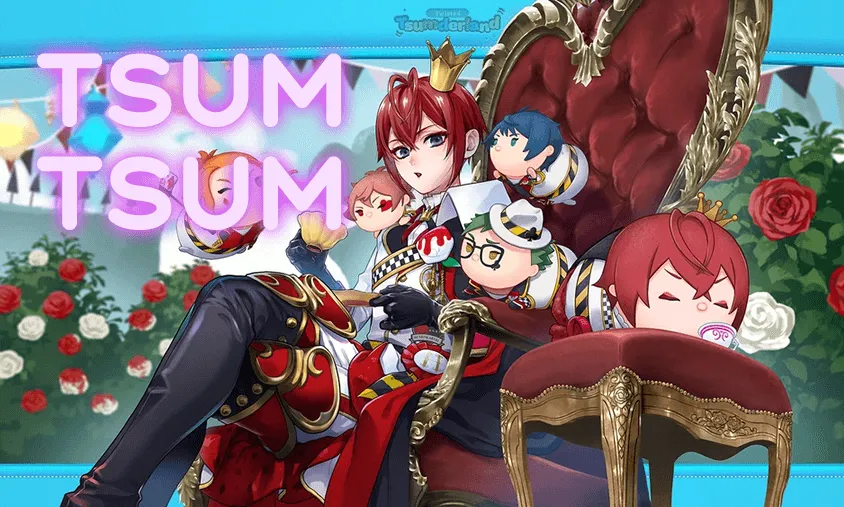
The enchanting world of Twisted Wonderland is making a grand appearance as the beloved Tsum Tsum collectables. Whether you’re a enthusiastic Tsum Tsum collector Twisted...
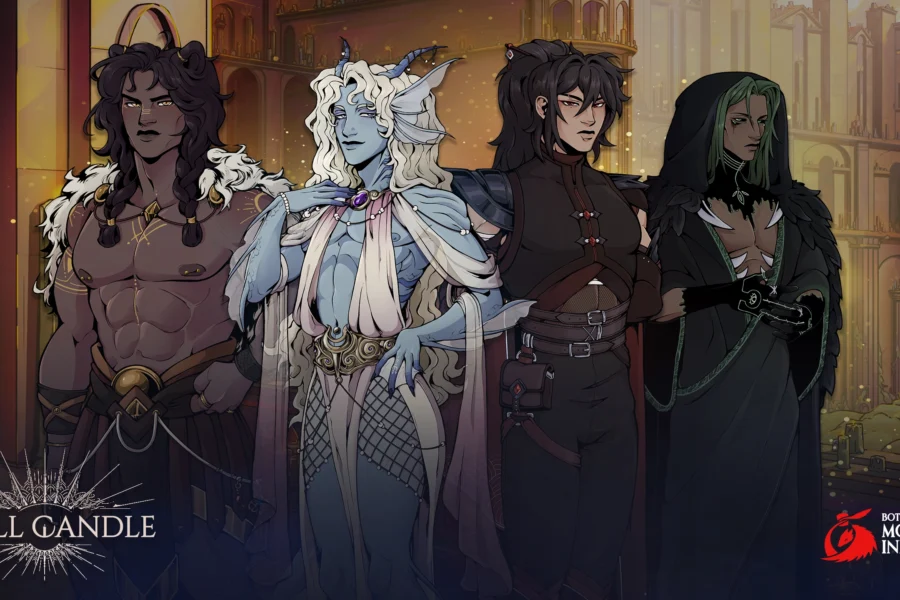
Bottled Monster Ink has officially launched the Kickstarter campaign for Spell Candle! Following the release of its free demo on Steam, the campaign seeks to...